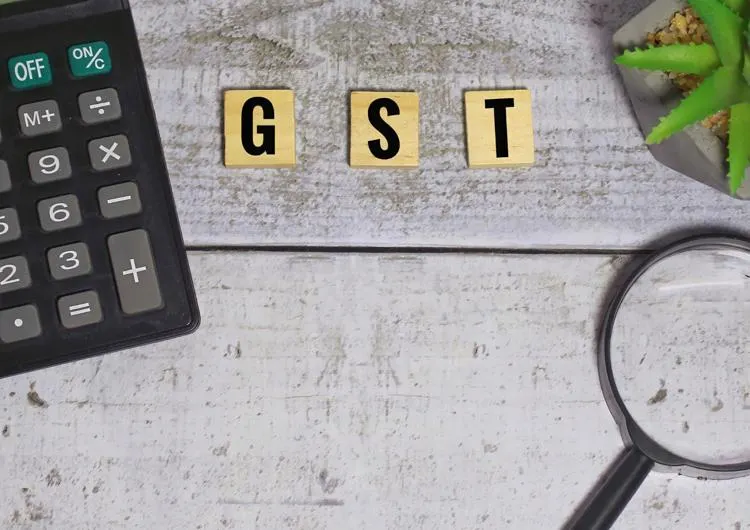As we move deeper into 2025, staying compliant with the Goods and Services Tax (GST) regulations remains crucial for businesses across India. Whether you’re a small trader, an e-commerce entrepreneur, or a large enterprise, timely and accurate GST payment is key to avoiding penalties and maintaining smooth operations.

This blog will walk you through everything you need to know about GST payment in 2025 — from due dates to payment methods and recent updates.
What is GST Payment?
The GST (Goods and Services Tax) is a unified indirect tax system that replaced multiple cascading taxes in India. Businesses registered under GST must periodically file returns and pay tax liabilities based on their sales, purchases, and input tax credits (ITC).
GST payment includes:
- Output Tax Liability: Tax collected from customers.
- Input Tax Credit Adjustment: Set-off against GST paid on purchases.
- Net GST Payable: The balance that must be paid to the government.
GST Payment Due Dates in 2025
Different taxpayer categories have different filing and payment schedules. Here’s a quick overview:
| Return Type | Applicable Form | Frequency | Due Date |
|---|---|---|---|
| Regular Taxpayer | GSTR-3B | Monthly | 20th of the following month |
| QRMP Scheme (Turnover ≤ ₹5 Cr) | GSTR-3B | Quarterly | 22nd or 24th (based on state) of month following the quarter |
| Composition Scheme | CMP-08 | Quarterly | 18th of the month following the quarter |
| Annual Return | GSTR-9 | Yearly | 31st December of next financial year |
Late payments attract interest at 18% per annum and penalties.
How to Make a GST Payment in 2025
You can pay GST via the GST Portal (www.gst.gov.in) using these modes:
- Online Payment:
- Net banking
- UPI
- Credit/Debit card
- Offline Payment:
- Over-the-counter (OTC) via authorized banks
- NEFT/RTGS
Steps to Pay GST:
- Log in to the GST portal.
- Go to ‘Services’ → ‘Payments’ → ‘Create Challan’.
- Fill in tax liability details.
- Select payment method.
- Submit and download the challan for records.
Offset Options: Using ITC for GST Payment
Before making a cash payment, businesses can utilize ITC (Input Tax Credit) to reduce their tax liability. ITC can be applied for:
- CGST against CGST and IGST
- SGST against SGST and IGST
- IGST against all three
Note: ITC cannot be used for paying interest, penalties, or late fees — those must be paid in cash.
What’s New in 2025?
- Auto-population of challans: Based on GSTR-1 and GSTR-3B data to reduce errors.
- Increased UPI adoption: UPI payments for GST have been streamlined and made more secure.
- Strict enforcement: The GSTN is auto-flagging mismatches between GSTR-1, GSTR-3B, and e-invoices. Accurate and timely payment is more important than ever.
Best Practices for GST Payment Compliance
- Maintain accurate books of accounts.
- Reconcile GSTR-2B with your purchase register monthly.
- Use accounting software integrated with GST portal APIs.
- Set payment reminders for due dates.
- Consult your CA or tax advisor for input credit optimization.
Penalties for Late GST Payment
- Interest: 18% per annum on unpaid tax
- Late Fee: ₹50 per day (₹25 CGST + ₹25 SGST), up to ₹5,000
- Blocked ITC or e-way bills for repeated defaults
Conclusion.
As India pushes forward with digital tax reform and improved compliance tracking, GST payment discipline in 2025 is more important than ever. With automation tools, timely reconciliation, and proper accounting, businesses can ensure smooth compliance, avoid penalties, and focus on growth.
Stay compliant. Pay on time. Keep growing.
Anurag Dhole is a seasoned journalist and content writer with a passion for delivering timely, accurate, and engaging stories. With over 8 years of experience in digital media, she covers a wide range of topics—from breaking news and politics to business insights and cultural trends. Jane's writing style blends clarity with depth, aiming to inform and inspire readers in a fast-paced media landscape. When she’s not chasing stories, she’s likely reading investigative features or exploring local cafés for her next writing spot.






